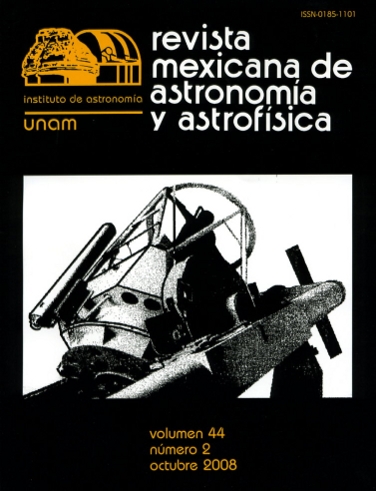Kinematics of the Nebular Complex MH9/10/11 Associated with HoIX X-1
Main Article Content
Abstract
We report the results of our observations of the nebular complex MH9/10/11, associated with the ULX HoIX X-1, with a scanning Fabry-Pérot Interferometer. Two regions diering by their kinematics and line ratios may be distinguished, roughly corresponding to the bubble nebula MH9/10 and the fainter HII-region MH11. For MH9/10 we nd an expansion rate of 20 to 70 km s^-1 that is dierent for the approaching and receding parts. MH11 is characterised by a very low velocity dispersion (<~ 15 km s^-1) and nearly constant line-of-sight velocities. The properties of MH11 may be explained by photoionization of a gas with hydrogen density of ~0.2 cm^-3. The luminosity required for that should be of the order of 10^39 erg s^-1. A source of similar power is required to explain the expansion rate of MH9/10. Modelling results also indicate that the oxygen abundance in MH11 is about solar.
Article Details
How to Cite
Abolmasov, P., & Moiseev, A. V. (2012). Kinematics of the Nebular Complex MH9/10/11 Associated with HoIX X-1. Revista Mexicana De Astronomía Y Astrofísica, 44(2), 301–309. Retrieved from https://www.revistas.unam.mx/index.php/revmexaa/article/view/20687
